10+ Baby Name Stories That Seriously Stirred Family Conflicts

When you hear the word “mummy,” you might get a chill down your spine. That’s because most of us associate this word with those creepy characters we’ve seen in some scary movies. But in reality, mummies have helped us understand a lot about ancient civilizations, their rulers, and about how people used to deal with losing their loved ones.
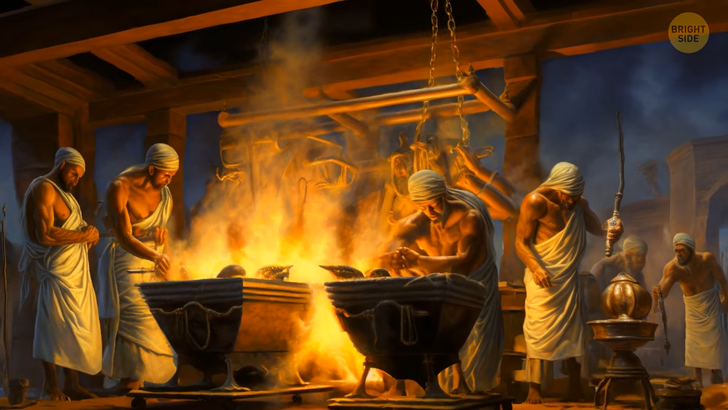
The people most famous worldwide for their mummies are the ancient Egyptians. They believed that some sort of existence after passing away was possible if certain conditions were met. That’s why they insisted on preserving the human body through the process of mummification and placing the mummy in a furnished tomb — kind of like giving it a fully functioning apartment of its own.
Why did they believe in this? Well, because they were deeply connected to their natural environment, for the most part. They saw the natural cycles around them, like how the sun rose every day, followed by the Moon. Or how new life was always sprouting from plants, even after they had wilted away.
They also believed that the powerful spirit Osiris, who represented the cycle of passing away and resurrection, played a role in this process. To prepare for the afterlife, the ancient Egyptians followed certain rituals, like mummification, which involved using materials like honey, resins, and incense to preserve the body.
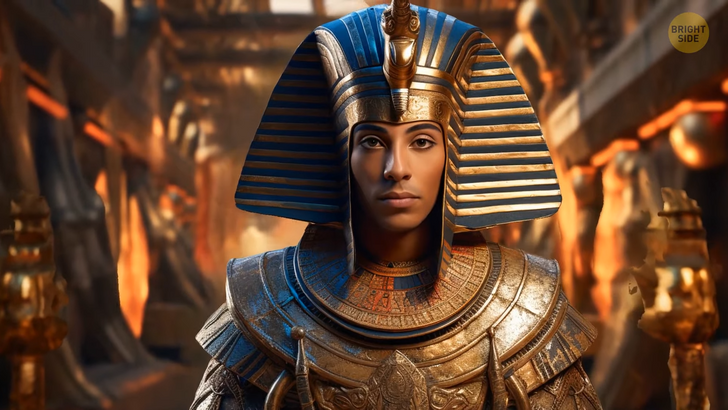
There’s no other mummy more popular than that of King Tut. He was a young Pharaoh who ruled over 3,000 years ago in Egypt. The problem with discovering ancient royal tombs is that most of such burial sites were previously robbed. People knew ancient rulers had been left with many valuable belongings, so those locations became vulnerable to thieves. When King Tut’s tomb was opened in 1922, people were excited because it had not been robbed like many other previously discovered royal tombs. That’s how well hidden it was.
Inside, his mummy was encapsulated in a total of three coffins, including one made of gold! The objects found in his tomb showed us what Ancient Egypt was like. And studying his mummy also helped us learn about the culture and practices popular at the time when he passed away. We also learned about his family by looking at his DNA. Scientists were able to discover that he had had a disease called malaria and a problem with his foot that might have made it hard for him to walk.
Ramses II was another pharaoh in Egypt who ruled for 68 years — which was quite a lot back in the day. He was known for his expansion campaigns and building projects. Many objects from his time as a ruler still exist today, including a large statue of him. Ramses II was about 6 feet tall and lived to be about 90 years old.
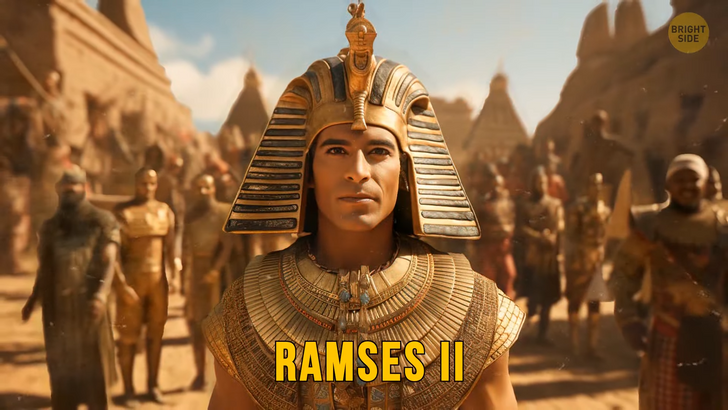
After looking at his mummy, scientists concluded that he may have had a medical condition that affected his spine. Now, remember those thieves I mentioned before? They are probably the reason why Ramses II ended up in a plain coffin in a secret collection of royal mummies at Deir el-Bahari, which was rediscovered in 1881. Thankfully, archeologists were able to identify him because his journeys had been recorded on his wrappings!
The process was really tedious, too. In fact, in Ancient Egypt, the mummification process could take a staggering 70 days to complete! A special person would say a very specific speech while delicately handling the body and drying it out using a type of salt called natron. They also used linen and resin to make the body look more lifelike and to wrap it in cloth.
The tomb was equally as important for ancient Egyptians. The walls of King Tut’s tomb, for example, were adorned with intricate artwork that depicted his journey to the afterlife, from his burial procession to his passage through the Underworld. The ancient Egyptians believed that everyone made this journey after passing away, and they filled their tombs with items and paintings to help the person in their spiritual travels. Additionally, the walls of the tomb were decorated with spells from a special book, which contained a collection of poems that the Egyptians believed would help people reach the afterlife.
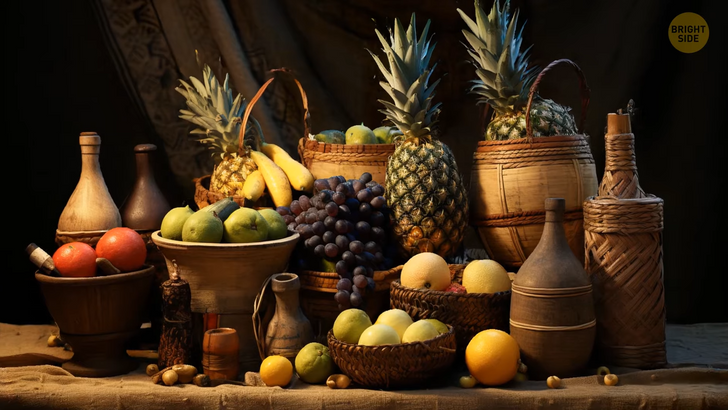
And speaking of how important this journey was, people also placed food in these ancient tombs! In King Tut’s tomb, archaeologists discovered 36 jars of vintage beverages and 8 baskets of fruit, which were believed to be left there to help him in his journey to the afterlife. The Egyptians believed that traveling to the afterlife took a really long time, so they left a lot of supplies, such as food and water, to sustain their loved ones.
Pharaohs also generally had numerous luxurious garments and beautiful jewelry in their tombs to ensure that they would have a fashionable journey. These items included various types of linen clothing, such as tunics, scarves, gloves, and headdresses, as well as a lot of gold jewelry with precious stones, like bracelets, buckles, pendants, necklaces, rings, and even precious depictions of insects for protection. Some were also deposited with fans made from ivory and ostrich feathers to keep them cool in the afterlife.
Some ancient rulers were even placed in their forever “apartments” along with boats! For example, Pharaoh Khufu built the Great Pyramid at Giza as his tomb, and a large ship was found inside. King Tut, however, was buried with multiple boat paddles but no actual boat. Instead, he had three chariots and numerous walking sticks made of precious materials, perhaps indicating he’d rather travel to the beyond by land, not by water.
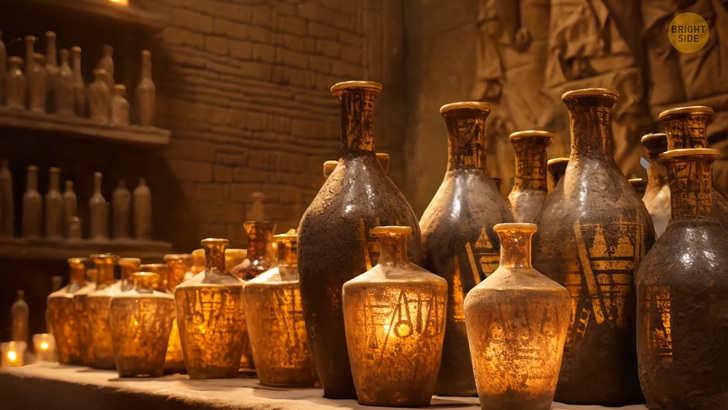
Amongst the most interesting objects found near ancient mummies, are bottles of oils and perfumes. If rulers were supposed to be fashionable, why not smell nice too, right? Also, some of them had some ancient kinds of board games — most of them made out of precious materials, like gold or ivory. One of those games was called “Senet” — it was very popular amongst the ancient Egyptians and very similar to modern-day chess.
The ancient Egyptians may have the most famous mummies out there, but they weren’t the first to invent the procedure. In fact, it all started in South America with an ancient civilization named the Chinchorro. As far as we know today, these people were the first to mummify their loved ones that had passed away. They did it somewhere around 2,000 years before the Egyptians started their own rituals.
Sure, we can tell a lot about ancient rulers by studying these mummies, but until recently, we had no idea what they really looked like during their lifetime. Not so long ago, though, some very special mummy paintings were found by archeologists studying ancient Egyptian objects.
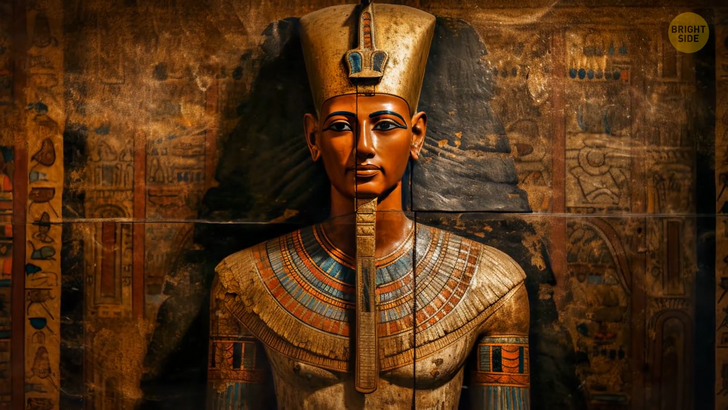
These mummy portraits are highly detailed paintings of individuals that were made while they were still alive. Such paintings were often painted on wood, as opposed to the classical portraits we all know about, which are painted on canvas. They are known for their realism and beauty and have even been used by researchers to diagnose diseases by comparing them to the corresponding mummies. Some of these portraits also include depictions of jewelry, which was later found on the mummies. The recent discovery of these mummy portraits in Central Egypt is significant, as it marks the first time in over a century that such paintings have been found.
Mummies appeared all around the world naturally, too. Mummification can occur without people intervening — because of natural conditions, like extremely cold or hot environments, places with a lack of oxygen, or accidental exposure to chemicals that preserve the body. These conditions don’t allow bacteria to grow, resulting in the body remaining more or less intact.
Famous Otzi was one of these mummies. We know today he was a man who lived around 5,000 years ago in Europe. But upon his discovery in the Alps in 1991, Austrian authorities initially believed that he was a modern mountaineer because of how well-preserved the body was. However, after the iceman was removed from the glacier, it was determined that he was actually from the Copper Age!











